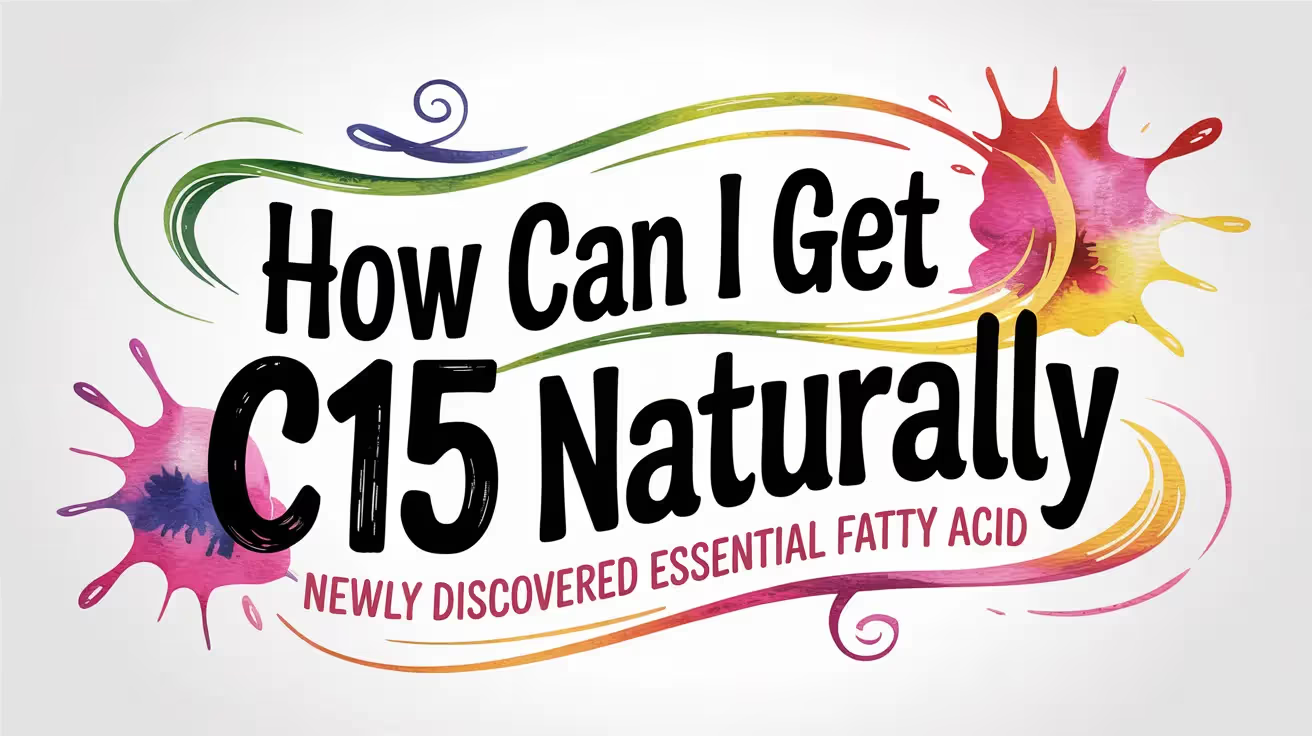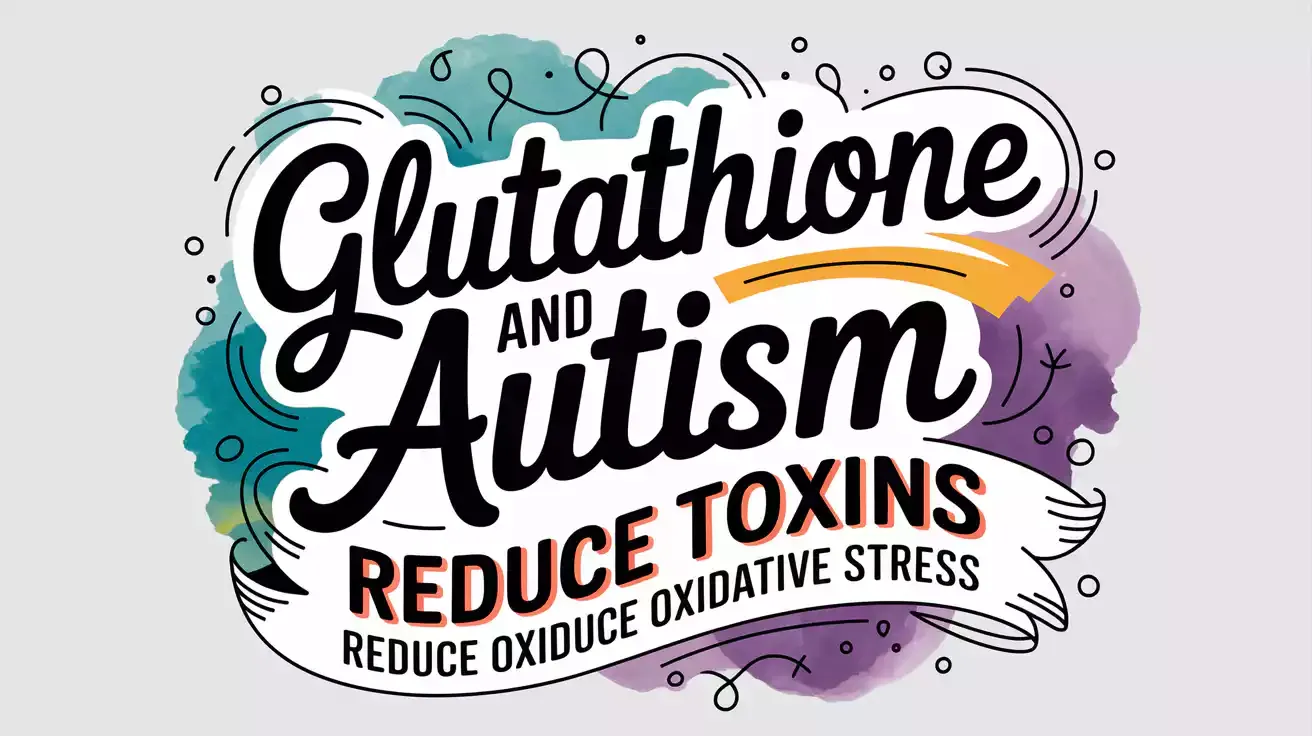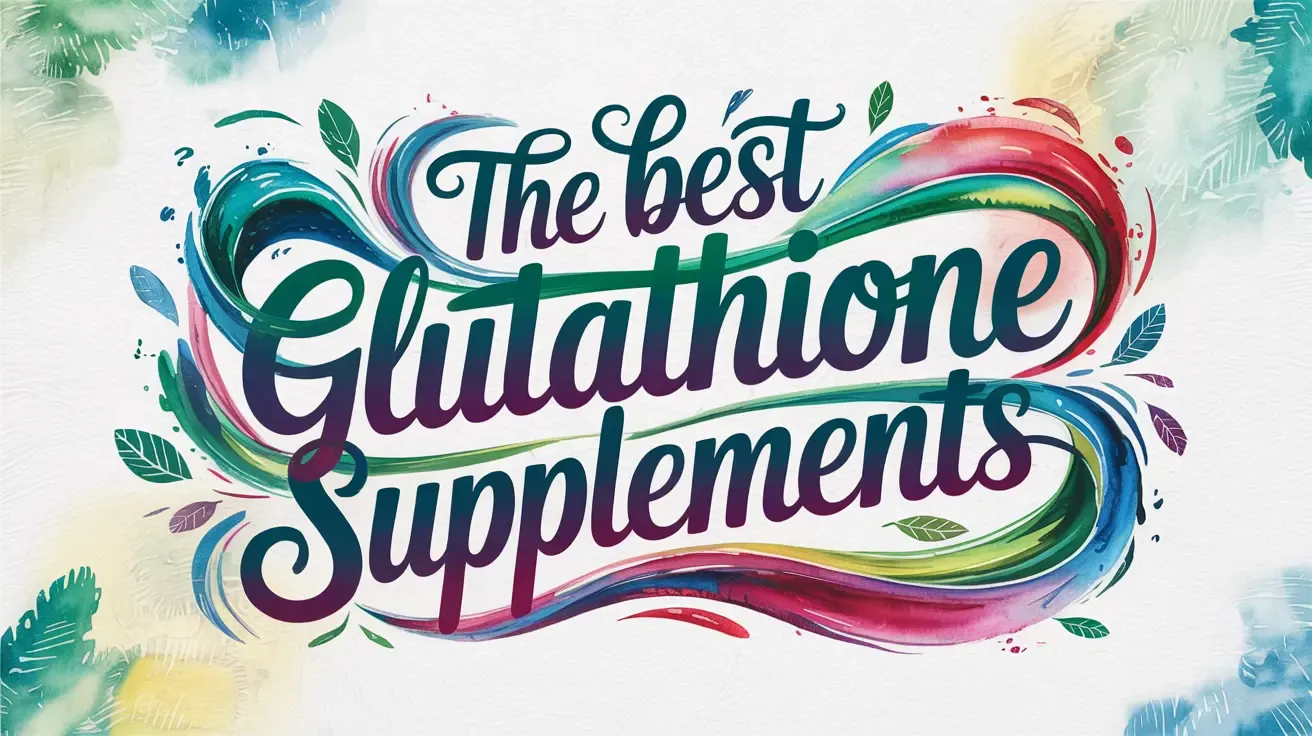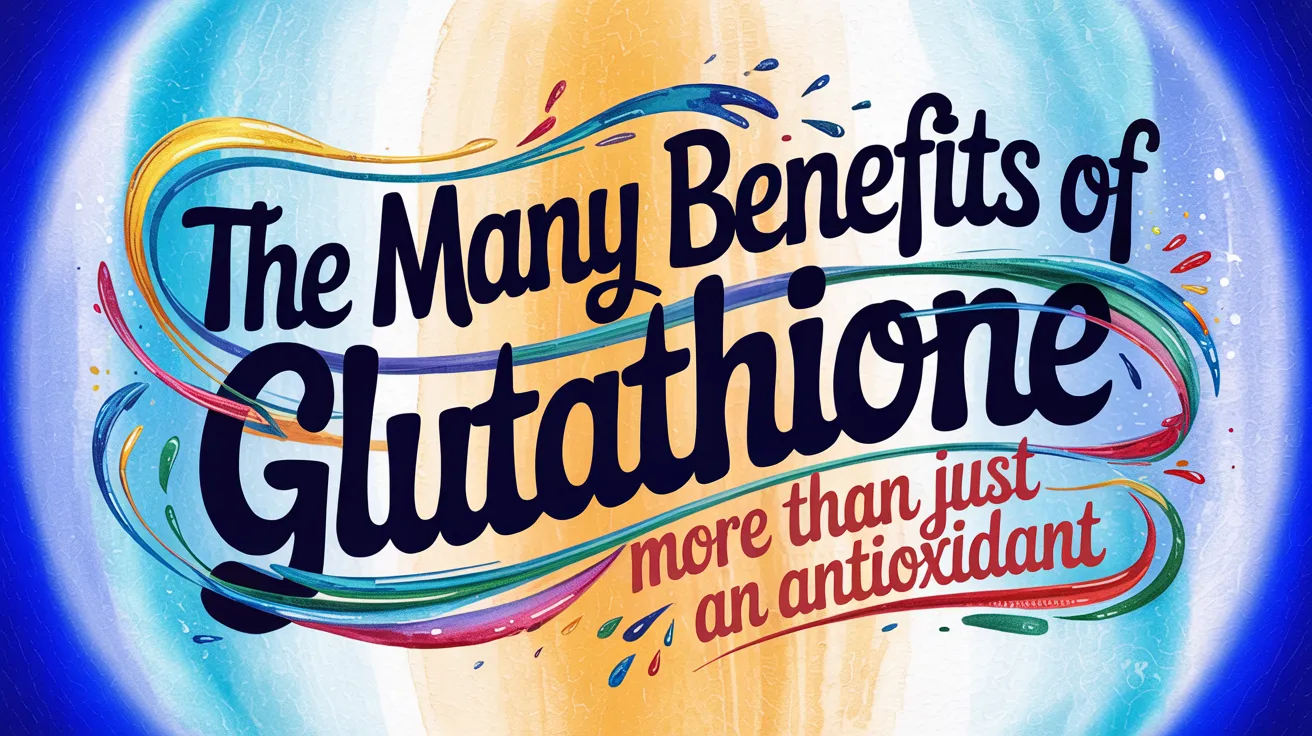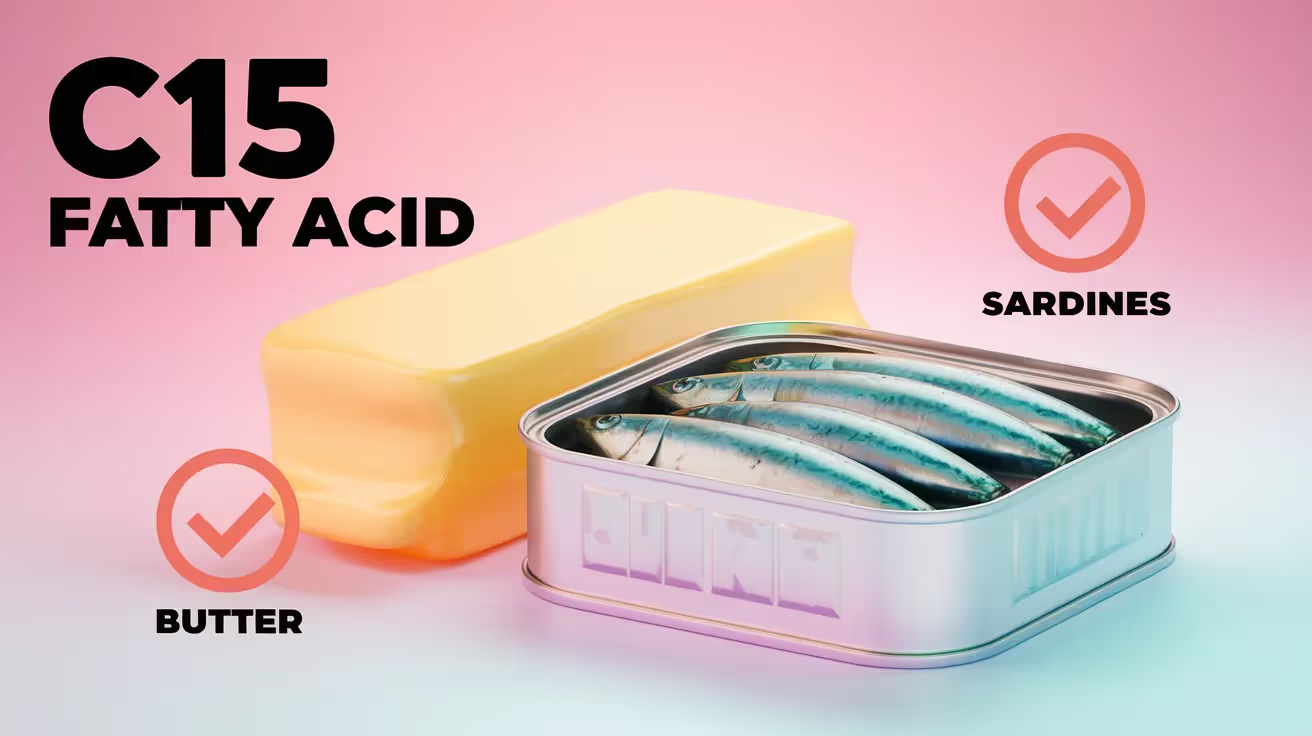C15 is a critical component for cell membranes and supporting metabolic health. While your body can't produce this essential nutrient, some dietary sources contain significant concentrations that can help you meet your daily requirements. Eating these C15-rich foods may naturally increase your C15 levels without supplementation. The key lies in identifying and incorporating the most potent natural sources into your diet.
Key Takeaways
The best way to get C15 from your diet is to consume full-fat dairy products from pasture-raised cows, especially butter and ghee (50-60mg per tablespoon) and hard cheeses (322mg per 100g).
Include grass-fed beef and lamb in your diet, as these ruminant meats provide substantial amounts of C15:0 (310-450mg per 100g).
Choose fatty fish like mullet and mackerel, which contain between 0.2% to 2.35% C15:0 of total fat content.
Add fermented dairy products like full-fat yogurt to your meals, providing 70-100mg of C15:0 per 170g serving.
Pair C15:0-rich foods with other healthy fats and use gentle cooking methods to maximize absorption and bioavailability.
What Is C15:0 and Why Do We Need It
C15:0, is a groundbreaking discovery as the first potential essential fatty acid identified in nearly a century. Your body can't produce enough of this odd-chain saturated fatty acid, making dietary sources essential for maintaining ideal health. While found in trace amounts in foods like dairy and fish, C15:0 is crucial for maintaining cellular integrity.
C15:0, a newly discovered essential fatty acid, requires dietary intake since our bodies cannot produce enough to maintain optimal health.
C15:0 works at the cellular level by strengthening cell membranes, improving mitochondrial performance, and protecting against premature cell death.
It's particularly important for supporting your cardiometabolic health, immune system, and liver function. Research indicates that C15:0 plays a significant role in activating essential bodily processes. It boosts AMPK for energy control and PPAR-α/δ for better metabolism, while slowing down mTOR, a main ageing pathway.
Now let's take a look at the key C15-rich foods.
Top Dairy Sources of C15:0
When choosing dairy sources of C15:0, you'll find the highest concentrations in full-fat products from grass-fed cows, with butter and ghee containing 50-60 mg per tablespoon and whole milk offering considerably more than reduced-fat alternatives. As an essential fatty acid, C15:0 plays a crucial role in maintaining your body's cellular structure.
Hard cheeses pack a particularly potent C15:0 punch, with varieties like cheddar providing approximately 322 mg per 100g and cream cheese delivering about 344 mg per 100g.
Full-fat yoghurt rounds out your C15:0 dairy options, supplying 70-100 mg per 170g serving, while heavy cream matches butter's impressive content at 50-60 mg per tablespoon. Getting adequate C15:0 from dairy helps ensure your levels stay above 0.2% fatty acid content for optimal cellular health.
Full-Fat Dairy Benefits
Full-fat dairy products from pasture-raised cows serve as nature's richest source of C15:0. It's produced by rumen bacteria in cattle and other grazing animals.
When you consume full-fat dairy products, you'll benefit from C15:0. Benefits include better cholesterol levels, less inflammation, improved control of blood sugar, and other health benefits.
Research indicates that the full-fat benefits extend beyond basic nutrition, as C15:0 strengthens cell membranes and supports mitochondrial function. Studies show that PPAR receptor activation from C15:0 consumption can help improve sleep quality and energy balance.
While dairy alternatives can't provide C15:0, traditional dairy sources contain varying amounts: butter offers 50-60mg per tablespoon, while full-fat yoghurt provides 60-100mg per serving.
There's a higher concentration in products from grass-fed animals compared to corn-fed livestock, though overall C15:0 levels in dairy have declined due to modern agricultural practices.
Rich Cheese Selections
Among dairy products, cheese stands out as one of the richest natural sources of C15:0, offering concentrated amounts of this beneficial fatty acid.
You'll find the highest C15:0 levels in hard and aged cheese varieties, with aged cheddar, parmesan, and Emmental containing 1-1.5% of total fat content as C15:0. Studies show that grass-fed varieties contain up to 30% more C15:0 compared to conventional cheese products.
For ideal cheese pairings that maximise C15:0 intake, consider combining hard cheeses with soft varieties like Brie and Camembert, which contain 0.88-1.20g C15:0 per 100g of fatty acids.
Italian-type ripening cheeses have higher C15:0 concentrations. Sheep's milk options, especially grass-fed pecorino, provide approximately 1.4% C15:0 of total fats.
A typical 30-gram serving of cheddar or gouda delivers about 0.1 grams of C15:0.
Yoghurt and Cream Options
Natural yoghurt and cream products stand out as great sources of C15:0, with full-fat varieties delivering considerable concentrations of this beneficial fatty acid.
Among yoghurt varieties, full-fat Greek yoghurt leads with 80-100mg per 3/4 cup serving, while traditional cow's milk yoghurt contains 70-90mg, and goat's milk yoghurt provides 60-70mg.
For cream types, the C15:0 content increases with fat percentage, ranging from 1.0% to 1.5% of total fat content.
You'll find approximately 50-60mg of C15:0 in one tablespoon of heavy cream, while sour cream contains an impressive 350mg per 100g.
The C15:0 concentration in dairy products depends considerably on factors like the animal's diet. Grass-fed sources typically have higher levels than grain-fed alternatives. Modern dietary trends towards low-fat diets have unfortunately reduced many people's natural intake.
Meat and Fish Options for C15:0
Several animal-based foods are reliable sources of C15:0, with ruminant meats (beef, lamb, and goat) leading the category.
Ruminant meats stand out among animal-based foods as primary sources of pentadecanoic acid, offering consistent nutritional value.
You'll find the highest C15:0 concentrations in beef and lamb, containing 0.5% to 1.5% of total fat content, with beef providing 310-450mg per 100g of edible portion.
Fish varieties offer another significant source of C15:0, particularly fatty species like mullet, mackerel, sardines, and Pacific saury.
These fish contain C15:0 levels ranging from 0.2% to 1.0% of total fat, while some Mediterranean species can reach up to 2.35%.
While pork and chicken also contain C15:0, their levels are remarkably lower, with pork providing 40-68mg per 100g and chicken showing approximately 0.05% of total fatty acids. For optimal health benefits, consuming these meats as part of a balanced diet remains essential.
The C15:0 content in grass-fed beef typically exceeds that of grain-fed varieties.
Plant-Based Sources of C15:0
While plants generally contain minimal C15:0, certain sources like seaweed and the durian species Durio graveolens offer higher concentrations, with the latter containing up to 3.61% in its fruit fat. Another notable source is Hypericum roeperianum (large-leaved Curry-bush), which naturally contains this fatty acid.
You'll find trace amounts in common vegetables like eggplant (4mg/100g), garlic (2mg/100g), and raw celery (1mg/100g), though these provide considerably lower levels than animal sources.
Plant oils such as palm oil (82mg/100g) and coconut oil (less than 0.1% of total fatty acids) contain measurable amounts, making them potential supplementary sources in a plant-based diet.
Common Plant-Based C15 Foods
Plant-based sources of pentadecanoic acid (C15:0) exist mainly in trace amounts, making them less reliable for meeting ideal C15:0 intake compared to dairy-derived sources.
You'll find minimal C15:0 content in various Acacia species, which serve as plant metabolites, while coconut oil contains less than 0.1% of total fatty acids.
Seaweed varieties and algae can offer up to 2.6% C15:0 relative to total fat content, making them more significant plant-based sources. Health research shows that obtaining adequate C15:0 through plant sources alone may be insufficient for optimal metabolic benefits.
For vegetable options, you'll discover small quantities in cabbage and cucumber, while certain nuts contain trace amounts.
Dark chocolate (45-85% cacao) provides between 16-33mg per 100g.
Plant-based milk substitutes don't contain C15:0, and most vegetable oils, including rapeseed and palm oil, contain only minor amounts.
Limited But Available Options
Natural sources for obtaining C15:0 can be found within the plant kingdom. However, they have limitations in concentration and bioavailability.
You'll find trace amounts in chia seeds, peanuts, and dried rosemary, while durian fruit contains significantly higher levels at 3.61% C15:0.
As you look into other sources, think about adding seaweeds like kombu.
However, you'd need to consume impractically large quantities of these foods to match the C15:0 levels found in dairy products.
For example, you would need about 1.7 cups of chia seeds every day to get enough, which makes plant-based sources not very effective for meeting C15:0 needs. Consider supplementing with a vegan supplement such as Fatty 15.
Optimal Daily Intake Recommendations
Three main factors decide the best daily amount of C15:0: scientific studies, past eating habits, and levels seen in long-living groups.
Based on extensive studies, you'll need between 100-300mg of C15:0 daily to maintain optimal health benefits and prevent deficiency.
To achieve these levels from C15:0 sources, you'll want to target circulating concentrations of 10-30 µM in your bloodstream.
While historical dietary intake reached 100-200mg daily in the 1970s, today's consumption has dropped below 50mg.
You should aim for C15:0 levels above 0.2% of total fatty acids to avoid deficiency, with a preferred zone between 0.40-0.64%.
Consider combining dietary sources with supplements, as modern food patterns make it challenging to reach recommended levels through diet alone.
For those seeking supplementation, a daily dose of 100mg per capsule has been established as both safe and therapeutically effective through clinical research.
Tips to Maximise C15:0 Absorption
While getting enough C15:0 from food is important, you need good methods for cooking and eating to help your body absorb it better.
You'll enhance absorption by consuming C15:0-rich foods alongside other dietary fats during meals, as this promotes ideal fatty acid uptake through bile salt activation.
Be mindful of your cooking techniques when preparing foods high in C15:0. Cooking gently with butter can help your body absorb nutrients better. Avoid cooking with a lot of heat to keep the quality of healthy fats intact.
You'll also gain from keeping your gut health in check, as it affects how your body processes and absorbs fat.
For ideal results, choose fermented dairy products and aged soft cheeses, which contain more bioavailable free fatty acids. Studies show that maintaining levels above 0.2% fatty acids is crucial for preventing deficiency.
Adding grass-fed butter or ghee when cooking vegetables won't just improve C15:0 intake - it'll also enhance absorption of fat-soluble nutrients.
Signs of C15:0 Deficiency
Understanding if you lack C15:0 involves knowing different connected signals and signs that show up in various parts of the body.
Watch for important signs like high liver enzymes, high blood sugar, and a greater risk of heart disease. Studies show 100-200 mg daily intake is needed to maintain optimal health. C15:0 benefits can be seen when you address these signs with supplements or through your diet.
Watch for signs of cellular fragility syndrome, which occurs when C15:0 levels fall below 0.2%. This condition can cause cells to age faster and make them more likely to be destroyed by a specific process called ferroptosis.
Your blood tests might reveal elevated ferritin, high RDW values, and declining haemoglobin levels. You may also feel constantly tired, have trouble sleeping well, and have a weakened immune system.
Metabolic problems like being at risk for type 2 diabetes and having cholesterol issues can also mean low C15:0 levels.
Building a C15:0-Rich Meal Plan
To build an effective C15:0-rich meal plan, you'll need to strategically incorporate key food sources that naturally contain this essential fatty acid.
Strategic meal planning focused on C15:0-rich foods helps maximise your intake of this vital fatty acid through natural dietary sources.
Focus your meal prep around full-fat dairy products, which provide the highest concentrations of C15:0, with butter containing 1.1-1.5% of total fat content. Research shows that low C15 levels are directly linked to poor metabolic health conditions, making dietary intake crucial.
Structure your nutrient timing to include C15:0 sources throughout the day: start with whole milk in your morning coffee (0.8-1.2% milk fat), add cheese to your lunch (1-1.4% total fat), and incorporate grass-fed beef or fatty fish for dinner.
You’ll get more C15:0 by choosing products from grass-fed animals, as they have much higher levels than those from grain-fed animals. Aim for 100-300mg daily through strategic food combinations to achieve adequate circulating levels.
Conclusion
You can effectively boost your C15:0 intake by making strategic dietary choices focused on full-fat dairy products, ruminant meats, and fatty fish. When you're planning your meals, prioritise butter, hard cheeses, beef, lamb, and mackerel to maximise your C15:0 consumption. If you're following a plant-based diet, incorporate durian and seaweed, though you'll need larger quantities to achieve similar benefits. Regular monitoring of your intake will help guarantee you're meeting your body's requirements.
Frequently Asked Questions
What are some vegan sources of C15 fatty acids?
Vegan sources of C15 fatty acids, also known as pentadecanoic acid, are primarily found in plant-based foods and some fermented products. Some of the best vegan sources include:
- Algal Oils: Certain microalgae produce C15 fatty acids, and algae-based supplements can be a good source.
- Cultured or Fermented Foods: Fermented foods like sauerkraut, kimchi, and kombucha may contain trace amounts due to microbial activity.
- Plant Oils: While C15 is less common in plant oils, some sources like certain nuts and seeds (e.g., walnuts, chia seeds) may contain small amounts.
- Seaweed: Some edible seaweeds contain moderate levels of C15 fatty acids.
It's worth noting that C15 is relatively rare in plant-based foods compared to animal products. If you are seeking higher levels, consider vegan, plant-based supplements such as Fatty15.
How does C15 fatty acid benefit my health?
C15 fatty acids, like pentadecanoic acid, are a type of odd-chain saturated fats that research suggests may offer various health benefits. These include:
- Anti-inflammatory properties: Some studies indicate C15 may help reduce inflammation in the body.
- Metabolic health: C15 has been associated with improved lipid profiles and insulin sensitivity.
- Potential protective effects: There is emerging evidence that C15 may play a role in promoting cardiovascular health and reducing the risk of certain metabolic disorders.
However, research is ongoing, and most health benefits are based on observational studies. Maintaining a balanced diet with diverse fats is recommended for overall health.
What foods should I avoid if I want to keep my C15 levels high?
To support higher levels of C15 in your body, it’s advisable to limit foods that are low in odd-chain saturated fats or promote different types of fatty acids. Specifically:
- Avoid processed and fried foods: These often contain trans fats and unhealthy oils that may overshadow beneficial fats like C15.
- Limit excessive consumption of heavy animal fats: While some animal fats are rich in C15, overconsumption of processed meats and fatty dairy can introduce excess saturated fats that aren’t beneficial.
- Reduce refined carbohydrate intake: This can negatively impact metabolic health, counteracting potential benefits of C15.
Can I increase my C15 levels through supplements, and are they safe?
Yes, supplements containing C15 fatty acids, especially those derived from algae or microbial sources, are available and can help increase your intake. Here are some considerations:
- Source and purity: Look for reputable brands that specify the source of C15 and ensure purity, such as the first and most trusted supplement, Fatty15.
- Dosage: Follow recommended dosages; excess intake of saturated fats, even beneficial ones, should be avoided.
- Safety: Current research indicates that C15 supplements are generally safe when used appropriately. However, consult with a healthcare provider before starting any new supplement, especially if you have underlying health conditions or are on medication.
Overall, supplements can be a convenient way to boost C15 levels, but they should complement a balanced diet.
How does the body process C15.
The body metabolises C15 fatty acids relatively slowly, and they are incorporated into cell membranes or used for energy production. To measure C15 levels in your blood or tissues, specialised laboratory tests called fatty acid profile analyses are used.
Are there any environmental or ethical considerations when seeking C15 from natural sources?
Absolutely. When sourcing C15 fatty acids naturally, especially from marine or algal sources, consider the following:
- Sustainable harvesting: Overharvesting algae or seaweed can harm ecosystems. Choose products from companies committed to sustainable practices.
- Environmental impact: Cultivation of algae and seaweed is generally eco-friendly and renewable, making it a good ethical choice.
- Animal welfare: Since C15 can be found in some animal fats, opting for plant-based and algae-derived sources aligns with vegan and ethical preferences.
Supporting brands that prioritise sustainable harvesting and ethical production ensures that your health choices also contribute positively to the environment.


